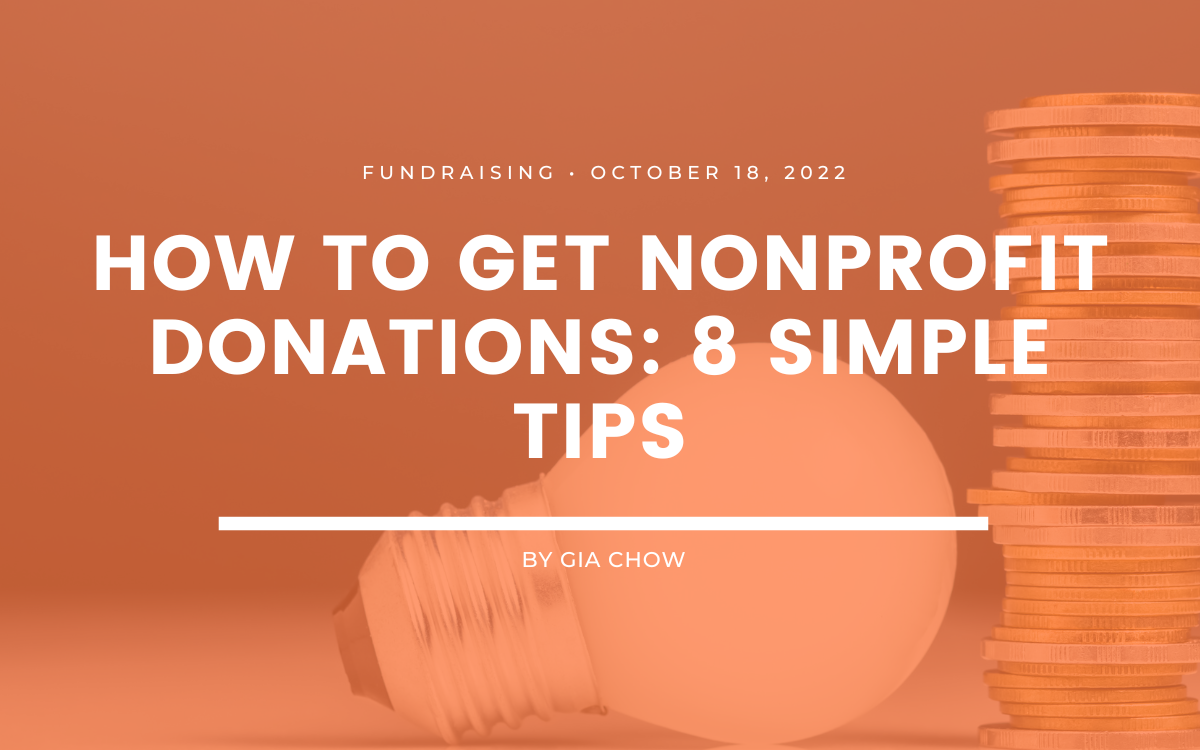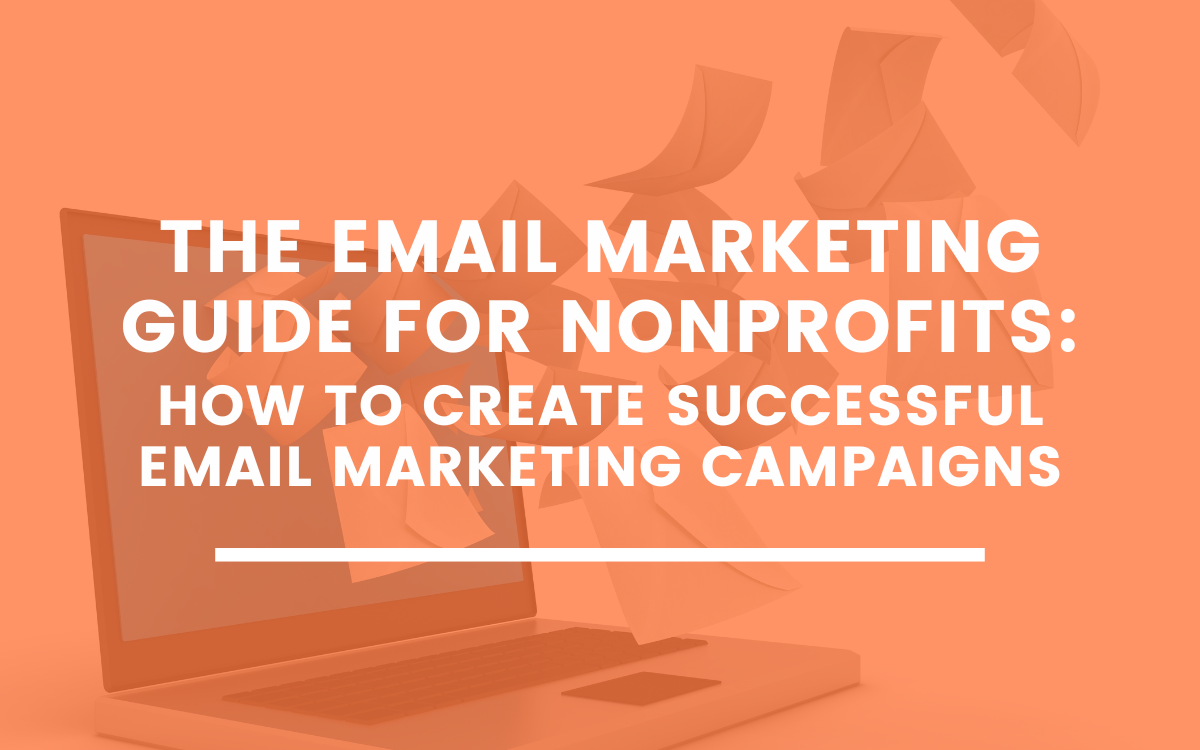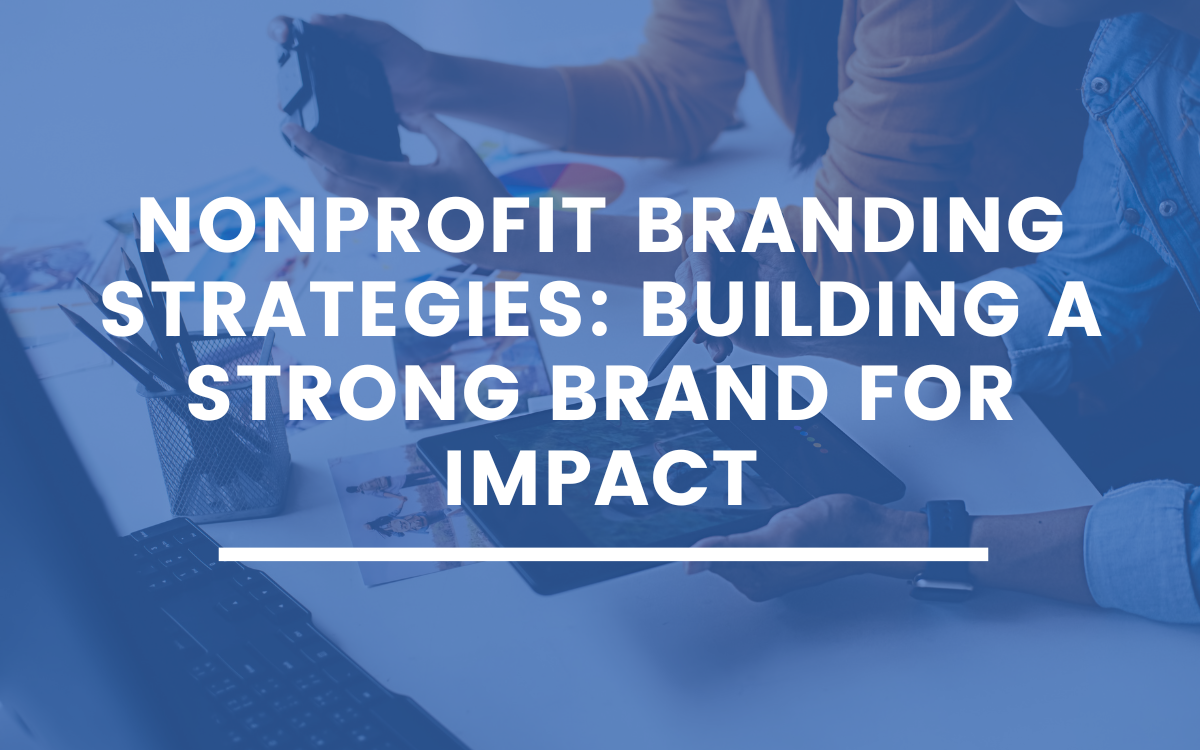How to Get Donations for Nonprofits: Effective Digital Marketing Strategies
5.8 min to read ✭ Getting traction on any new fundraising endeavor can be daunting but with simple tips, you can get the ball rolling on driving more nonprofit donations than ever.
Leveraging digital strategies to boost donations for nonprofits—In today’s digital age, tapping into the power of online tools is crucial for maximizing your fundraising efforts. By implementing targeted digital marketing strategies, your nonprofit can not only reach a wider audience but also engage potential donors more effectively, enhancing your strategies for getting donations for nonprofits. Whether you’re optimizing your donation page or leveraging the latest in social media tools, these insights will help you attract more donors and increase contributions through digital channels.
Nonprofit donations are the lifeblood of any organization as they help to cover the cost of your programs and allow you to serve more people. Getting traction on any new fundraising initiative can feel like an uphill climb but with simple tips, you can get the ball rolling on driving more nonprofit donations than ever. If you’re asking How to Get Nonprofit Donations?, then keep reading…
How To Get Donations For A Nonprofit?
When you’re trying to raise money, getting traffic to your website is only the first step. Your nonprofit donation page is the one part of your website that can make or break your fundraising.
Ultimately, your donation page should aim to convert visitors into donors. If your page is confusing and clunky, it’s not going to drive more donations. Set up and streamline your nonprofit donation page.
Get More Donations During Year-end
Streamline With Conversion Design
Optimizing your donation page is critical for converting visitors into donors. Consider these essential elements to enhance the page’s effectiveness:
Pay attention to branding
Imagine if your donor clicks a donate button and they’re taken to a donation page that looks nothing like your main website. If the logo is nonexistent and the colors and fonts are different, it can feel a little sketchy and cause potential donors to second-guess their donation. This is why it’s important to pay attention to branding. A branded donation page increases donor confidence and can help you raise up to 6x as much money on average. Keep the colors, logo, and fonts consistent across your website and donation page so donors aren’t confused about where they’re giving to.
Source inspiring images and stories
Storytelling is a powerful tool to connect emotionally with potential donors and show the tangible impact of their contributions. Use various media formats such as videos, blogs, and infographics to share these stories. Put in time and effort into curating the right stories and accompanying images – it’ll do wonders for your fundraising. Photos and testimonials won’t live on your actual donation page but it’s what’s going to tug at your donor’s heartstrings and prompt them to donate

Enable donation tiers
Add a range of suggested gift amounts and tie each dollar figure back to impact (i.e. $50 provides 10 hours of after-school tutoring to a student in our community). When donors are able to see the tangible impact of their gift, they’re more likely to contribute. Refer to your nonprofit’s past gift history (largest gift, smallest gift, average gift amount, etc.) as a starting point to help inform what to set your donation tiers at.
Mobile-optimize your donation page
With the majority of nonprofit website traffic coming from mobile devices and a noticeable increase in mobile giving, ensuring your donation page is mobile-optimized is crucial. Studies, such as the one published in the Journal of International Technology and Information Management highlight that nonprofits with robust web and social media traction see higher contributions. Regularly test and adjust your page’s mobile responsiveness to ensure a seamless and effective giving experience for all users. Emphasize the importance of integrating mobile-friendly features, such as easy navigation and quick load times, to improve donor engagement and increase donations
Reduce unnecessary fields
Lengthy donation forms can feel cumbersome and put donors off from donating entirely. Reduce the number of fields in your donation form down to capture what’s needed to receive a gift and thank your donor. For additional information, you can always follow up with your donor with their provided contact information. If you ask for too much personal information right off the bat, you’ll be driving away donors and not driving donations.
Relay security
Security is paramount. Ensure your donation page uses HTTPS, displays a visible padlock icon, and includes security certificates prominently. Features such as auto-fill for returning donors enhance the user experience without compromising security. Transparently communicate how donor information is protected to build trust. Moreover, consider the use of assurance seals on your donation pages. According to a study by FIU Business and Rutgers University researchers, nonprofits displaying assurance seals are perceived as more trustworthy, which can lead to increased donations. These seals act as a visual cue that the organization is legitimate and that the donations are secure.
Streamline User Experience for Increased Donations
Employ A/B testing and analytics tools such as heat maps to continually refine the user experience on your donation page. Adjust elements like call-to-action buttons, form fields, and overall layout based on real user interactions. A visually appealing and easy-to-navigate donation page reinforces your nonprofit’s credibility and encourages donations.
By meticulously refining each aspect of your donation page, you create a more streamlined, secure, and persuasive environment that can significantly boost your donation conversion rates. Each enhancement, no matter how small, contributes to a more effective donation page, leading to increased support for your cause.
Fundraise On Social Media
Social media is great for building community, sharing information, and driving donations for nonprofits. Starting a fundraiser on social media is simple no matter which channel you’re using. You can create Instagram fundraisers in just a few steps and promote them by adding them to your story or utilizing the story donation sticker.
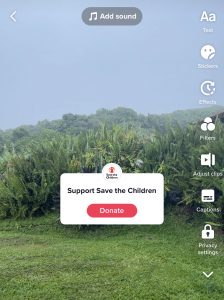
If you’re looking to target a younger audience, TikTok is the way to go. There are a couple of options for fundraising on TikTok and it’s just as easy whether you want to fundraise with donation stickers or display a fundraiser on your profile.
Create Your Social Media Plan – FREE TEMPLATE
Email Marketing
Don’t underestimate the power of your email list to drive donations for nonprofits. Of all digital marketing channels, fundraising emails saw the highest Return on Investment (ROI). In fact, the nonprofit industry has the highest email open rate at 20.39 percent. By using email marketing to fundraise, you’re able to automate and personalize your emails to make them relevant. Building a robust email list takes time but the benefits (and potential nonprofit donations reaped) are well worth it.
Make Recurring Giving Easy
Enabling recurring giving will make your life and your donor’s life smoother in the long run. In addition to predictability and sustainability, donors who set up recurring donations tend to give 42% more annually, compared to one-time donors, making recurring donors your most loyal and engaged supporters.
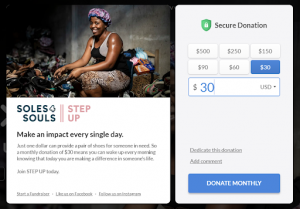
The convenience of recurring donations is hard to beat because it simplifies the giving process by automating donations at a specified interval so your donors can set and forget.
Use Paid Google Ads to Increase Nonprofit Donations
You’ve probably heard about Google Ad Grants and how they provide qualified nonprofits access to $10,000 USD of in-kind advertising on Google Search each month. While Ad Grants are excellent for bringing in new, targeted visitors to your website each year, you may want to also consider another tool for your fundraising arsenal – Paid Google Ads.
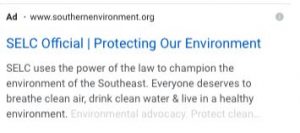
Paid Google Ads raise awareness and drive traffic to your website by targeting in-market, affinity audiences. Compared to Google Ad Grants, Paid Google Ads rank higher and more consistently in search engine results. While Google Ad Grants are limited to text-based Search ads, Paid Google Ads lets you create all campaign types including Search, Display, and YouTube.
In short, Paid Ads are an excellent tool for increasing visibility. If you’re already using Grant Ads, you can run Paid Ads simultaneously to maximize your efforts, increase high-value conversions, and drive donations for nonprofits.
Use Paid Social Ads
Social media algorithms can be a mystery and sometimes, no matter how much you optimize your post, reaching a specific audience isn’t guaranteed. This is where paid social ads come into play. Paid ads are a great option for nonprofits who want to target their most relevant customers. With inexpensive ad options through platforms like Facebook and Instagram, nonprofits are able to set the parameters of their targeting ad and ensure that their content gets seen.

Paid social ads also provide insights that help you learn:
- The demographics of your social media audience
- What ad copy generates the most engagement
- How your paid ads perform compared to organic posts
- How to use insights from paid ads to inform and tweak your organic strategy going forward
Of course, designing a compelling ad takes trial and error but is well worth it to increase your nonprofit’s reach and drive more donations.
Host A Fundraising Event
Virtual fundraising events, such as peer-to-peer and crowd funders, have been growing in popularity over the years. When COVID hit, nonprofits had to pivot their fundraising plans to comply with social distancing mandates, which meant a huge shift to virtual fundraising. There are many benefits to going virtual – not only are they cost-effective compared to in-person events, but they’re easy to stand up and they leverage your supporters’ personal and professional network to expand the reach of your campaign. With any virtual fundraiser, the elements to success include:
- Choose the right platform – The right fundraising software is essential to the success of any virtual campaign. There’s an abundance of fundraising products out there so put time into researching what works best for you.
- Promote your event – Ramp up excitement for your event by promoting it on your website, e-newsletter, and social media. Encourage your followers to share it with their networks to increase visibility.
- Set a fundraising goal – decide how much you plan to raise and communicate how that furthers your mission
- Iron out the details – Be sure to have the logistics, fundraiser resources/toolkits, campaign website, and more prepped and ready to go 4-6 weeks before your anticipated go-live date.
Pro Tip: If you don’t want to lose the in-person element of your fundraising event, you could always host a hybrid event.
If this hasn’t answered your questions about how to get nonprofit donations this year then your in luck! The Accelerator Program can walk you through each of these tips and show you the strategy behind each of them!


